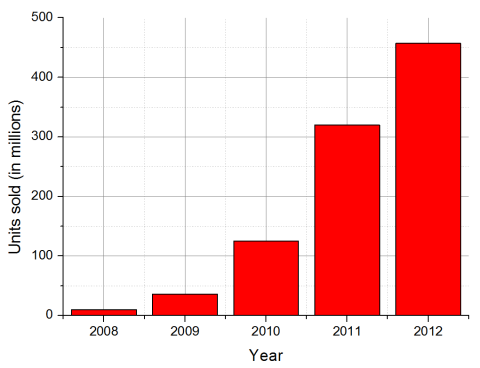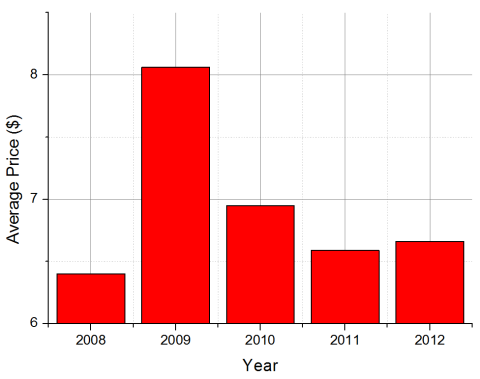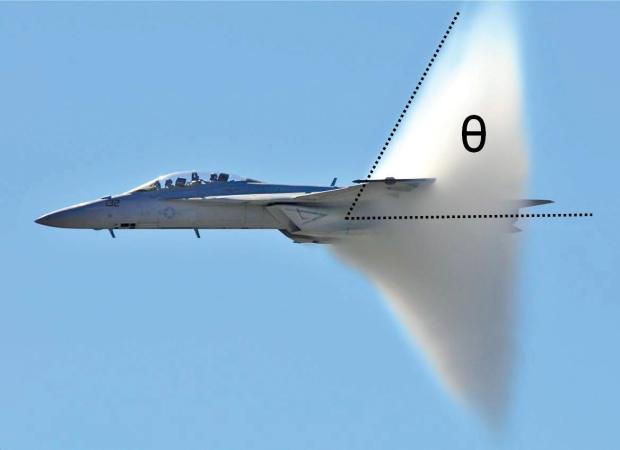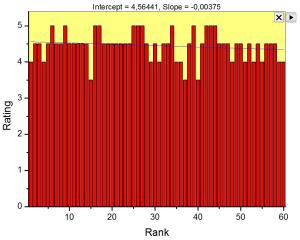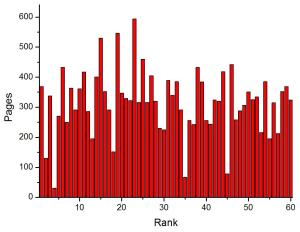I finally finished and released my new ebook … took me longer than usual because I always kept finding new interesting topics while researching. Here’s the blurb, link and TOC:
This book is a concept-focused and informal introduction to the field of physics that can be enjoyed without any prior knowledge. Step by step and using many examples and illustrations, the most important quantities in physics are gently explained. From length and mass, over energy and power, all the way to voltage and magnetic flux. The mathematics in the book is strictly limited to basic high school algebra to allow anyone to get in and to assure that the focus always remains on the core physical concepts.
(Click cover to get to the Amazon Product Page)

Table of Contents:
Length
(Introduction, From the Smallest to the Largest, Wavelength)
Mass
(Introduction, Mass versus Weight, From the Smallest to the Largest, Mass Defect and Einstein, Jeans Mass)
Speed / Velocity
(Introduction, From the Smallest to the Largest, Faster than Light, Speed of Sound for all Purposes)
Acceleration
(Introduction, From the Smallest to the Largest, Car Performance, Accident Investigation)
Force
(Introduction, Thrust and the Space Shuttle, Force of Light and Solar Sails, MoND and Dark Matter, Artificial Gravity and Centrifugal Force, Why do Airplanes Fly?)
Area
(Introduction, Surface Area and Heat, Projected Area and Planetary Temperature)
Pressure
(Introduction, From the Smallest to the Largest, Hydraulic Press, Air Pressure, Magdeburg Hemispheres)
Volume
(Introduction, Poisson’s Ratio)
Density
(Introduction, From the Smallest to the Largest, Bulk Density, Water Anomaly, More Densities)
Temperature
(Introduction, From the Smallest to the Largest, Thermal Expansion, Boiling, Evaporation is Cool, Why Blankets Work, Cricket Temperature)
Energy
(Introduction, Impact Speed, Ice Skating, Dear Radioactive Ladies and Gentlemen!, Space Shuttle Reentry, Radiation Exposure)
Power
(Introduction, From the Smallest to the Largest, Space Shuttle Launch and Sound Suppression)
Intensity
(Introduction, Inverse Square Law, Absorption)
Momentum
(Introduction, Perfectly Inelastic Collisions, Recoil, Hollywood and Physics, Force Revisited)
Frequency / Period
(Introduction, Heart Beat, Neutron Stars, Gravitational Redshift)
Rotational Motion
(Extended Introduction, Moment of Inertia – The Concept, Moment of Inertia – The Computation, Conservation of Angular Momentum)
Electricity
(Extended Introduction, Stewart-Tolman Effect, Piezoelectricity, Lightning)
Magnetism
(Extended Introduction, Lorentz Force, Mass Spectrometers, MHD Generators, Earth’s Magnetic Field)
Appendix:
Scalar and Vector Quantities
Measuring Quantities
Unit Conversion
Unit Prefixes
References
Copyright and Disclaimer
As always, I discounted the book in countries with a low GDP because I think that education should be accessible for all people. Enjoy!




